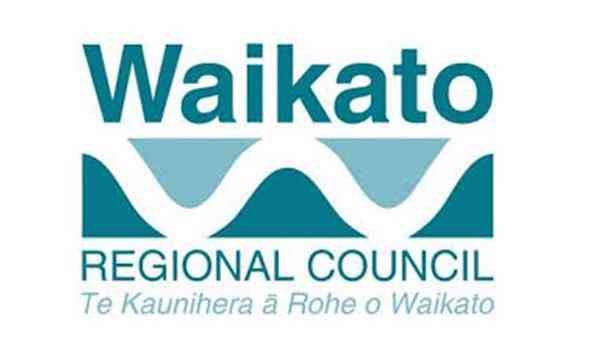Waikato Regional Council news
Raglanites and other Waikato residents are being urged to submit on a detailed plan of what needs to be achieved in the region over the next 10 years.
Waikato regional councillors this week adopted the 2018-2028 Long Term Plan (LTP) consultation document, with submissions opening Friday 16 March and closing on Monday 16 April.
To read the consultation document and to provide feedback, visit waikatoregion.govt.nz/ltp-fwd10.
An average general rates rise of 4.2 per cent to existing ratepayers is proposed in the first year of the plan – this includes general rates, the uniform annual general charge, natural heritage, regional services and civil defence. Overall, the rates rise will be less than $50 per year for 82 per cent of Waikato ratepayers.
However, the rates increase will be higher for some ratepayers in the Lower Waikato and Waihou Piako catchments due to increases in the targeted catchment rates they pay, especially for local flood protection.
Council chair Alan Livingston said: “The plan continues to build on work we’ve been doing with our partners and communities, and tackles the big issues the region’s going to face.”
One of those issues is the sustainability of the council’s flood protection, land drainage and river management assets.
Many of these assets are reaching the end of their life, while others will struggle to cope with changing environment and climate conditions. Floods and droughts, coastal inundation, high water tables and land subsidence are all more likely, so some assets will need to be upgraded or replaced before their time so they can deal with higher volumes of water.
“Our flood protection assets are vital infrastructure, but they’re seriously expensive to maintain and renew, so we’ve thought seriously about how we can pay for this work and keep rates affordable, especially for people in the Lower Waikato and Waihou-Piako catchments who benefit the most and therefore contribute the most towards the cost,” Cr Livingston said.
He said there has been a number of other demands on council budgets in the three years since the last LTP that are driving up costs.
Community expectations for information, skills, funding and materials has also increased over time. “While that’s great, all activities and resources, including staff time, must be paid for,” Cr Livingston said.
Aligned with this is a need to make accessing the council’s data and information easier, which requires investment in technology.
Cr Livingston said central government’s also been clear about work it expects all councils to focus on, like reporting on the suitability of rivers and lakes for recreation. This is also adding to the cost of our services, he said.
Topics the council is seeking feedback on are:
- contributing to the cost of building and maintaining a world-class regional theatre in Victoria Street, Hamilton
- part-funding an interim passenger rail solution between Hamilton and Auckland
- increasing the rate for the regional emergency services fund to include Land Search and rescue (LandSAR) and surf life saving services at Hot Water Beach
- increasing the biosecurity rate to enable the council to tackle the growing threat of pest animals and plants in the region
- use of investment fund returns to maintain the rates subsidy and reduce funding for regional development
- funding depreciation of our assets
- catchment rates for new works, such as soil conservation, erosion prevention and stream protection works to protect land and water
- a community facilities framework for assessing who should contribute to funding regional sports, recreation, cultural and arts facilities.
